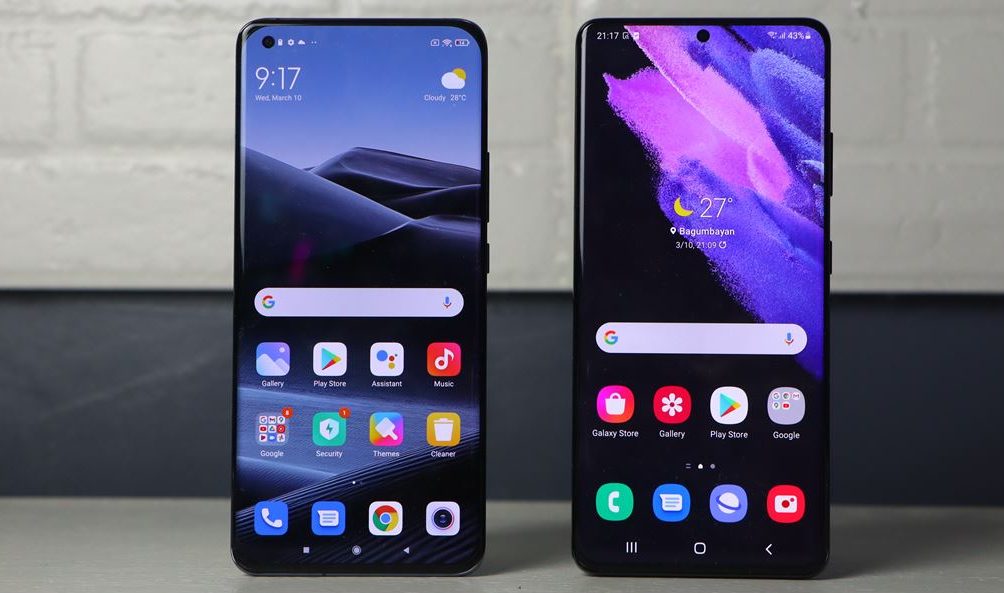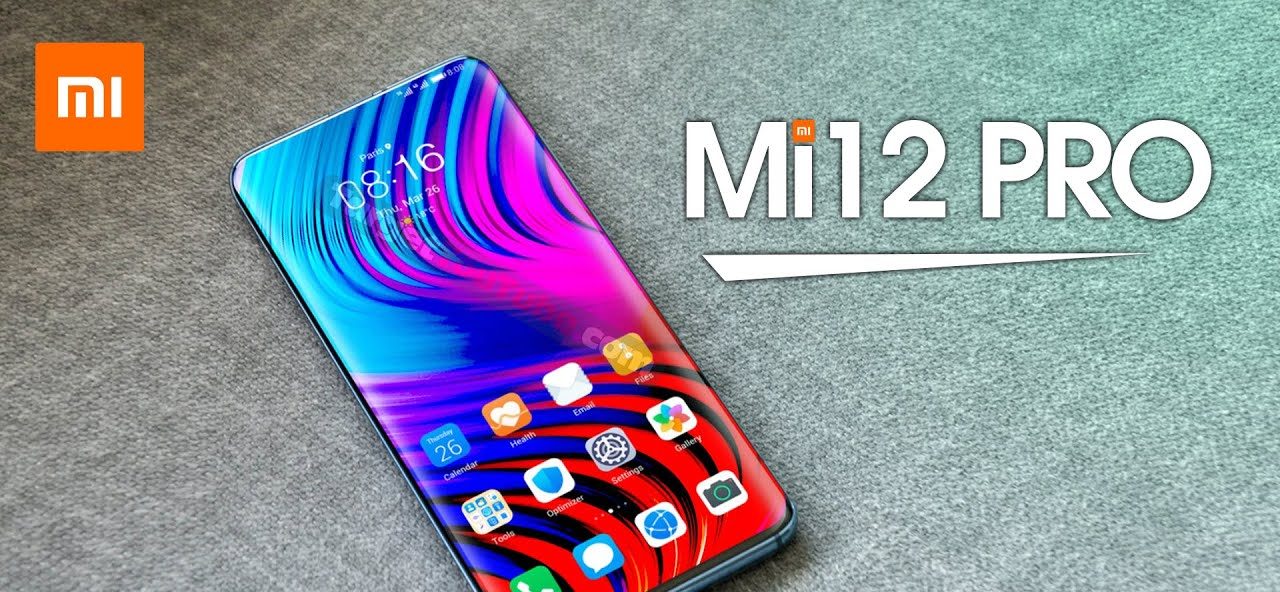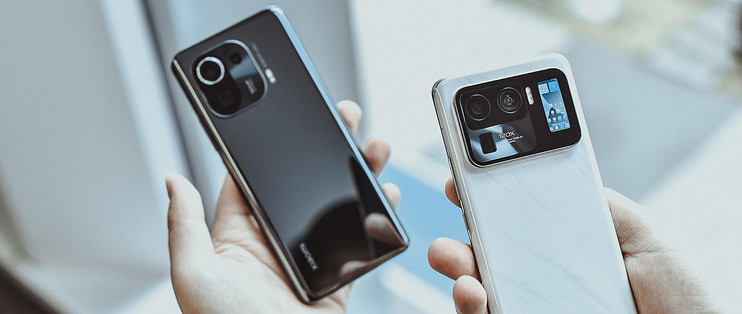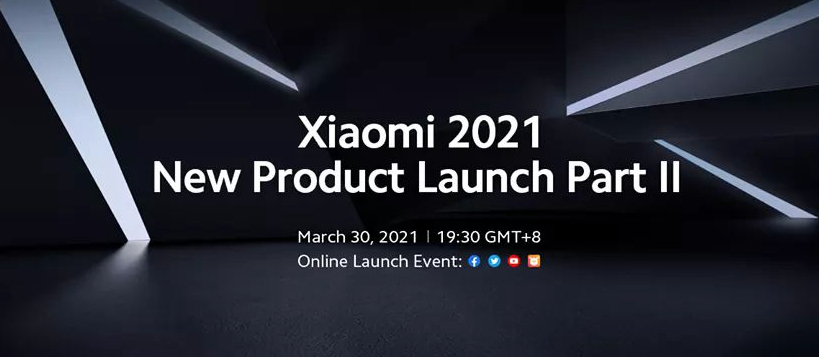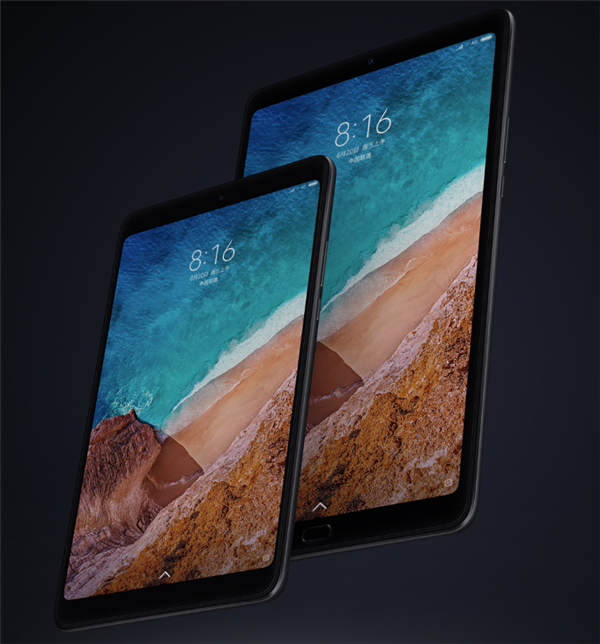Both of these phones are quite large, and quite bulky. The Samsung Galaxy S21 Ultra is slightly taller, wider, and thicker than the Xiaomi Mi 11 Ultra. The difference is almost negligible. The Xiaomi Mi 11 Ultra is 7 grams heavier than Samsung’s offering, as it weighs 234 grams compared to 227 grams of the Samsung Galaxy S21 Ultra. The main reason for it are the build materials, quite probably. The Mi 11 Ultra comes with a ceramic backplate, while the Galaxy S21 Ultra includes a glass back.
(Click the below picture to watch the video about Mi 11 ultra vs S21 ultra)
The displays are stunning. This is where both of these phones shine, to be quite honest. They not only feature large, sharp displays, but those panels are also modern, and pack in a lot of tech as well. The Samsung Galaxy S21 Ultra features a 6.8-inch QHD+ (3200 x 1440) Dynamic AMOLED 2X LTPO display with a 120Hz refresh rate. That display offers an adaptive refresh rate, and it’s curved. It supports HDR10+ content, can get quite bright at 1,500 nits peak brightness, and it’s protected by the Gorilla Glass Victus.
The Xiaomi Mi 11 Ultra counters that with a 6.81-inch QHD+ (3200 x1440) AMOLED display. That panel is also of the LTPO variety, and it offers a 120Hz refresh rate. Its refresh rate is adaptive, and the display supports HDR10+ content. It can get extremely bright at 1,700 nits peak brightness, and it’s protected by the same Gorilla Glass Victus protection from Corning. This display can also project 1 billion colors.
Performance is excellent, as you’d expect. These are, after all, top-of-the-line smartphones. They’re premium offerings with premium price tags, so excellent performance is kind of a requirement. Both of them deliver in that regard, and that’s not surprising considering their internals. Neither Samsung nor Xiaomi spared any expense on including the very best silicone here, and belonging components.
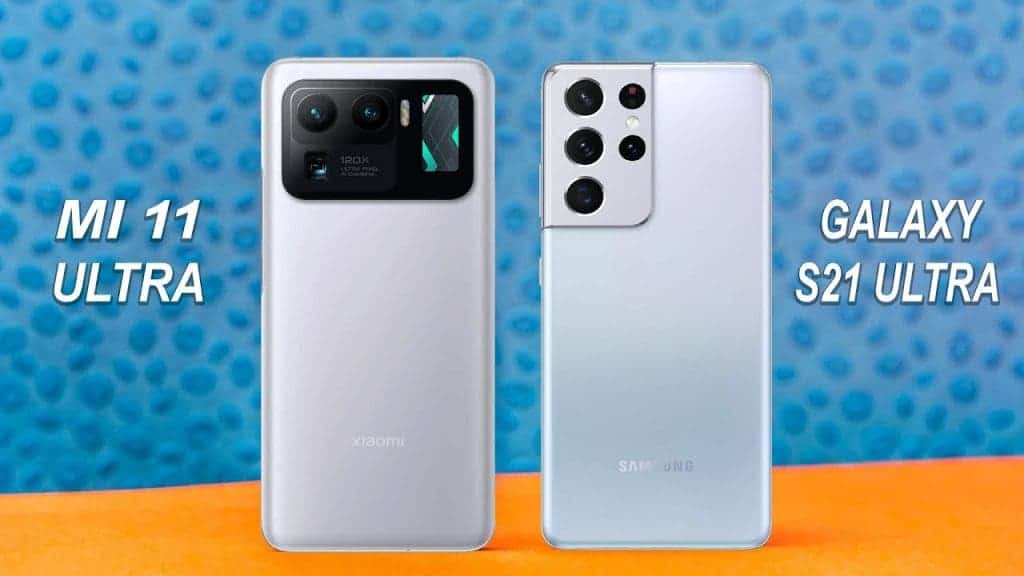
Both phones are fueled by the Snapdragon 888 SoC, along with LPDDR5 RAM and UFS 3.1 flash storage. Those internals are combined with Android 11 on the software side, and Samsung’s and Xiaomi’s Android skins. One UI and MIUI have come a long way over the years, and are extremely competent Android skins, to say the least. They’re extremely fluid, full of customization, and well-optimized.
As for the regular tasks, such as opening and closing apps, browsing, consuming multimedia, and so on, both devices perform about the same. The only difference is in animations, but both load apps instantly, and do everything else regarding regular performance really fast. They can also run top games from the Play Store without issue, the most demanding ones. Scrolling is extremely smooth thanks to their high refresh rate displays, and so on. These two phones are basically on par when it comes to performance.


